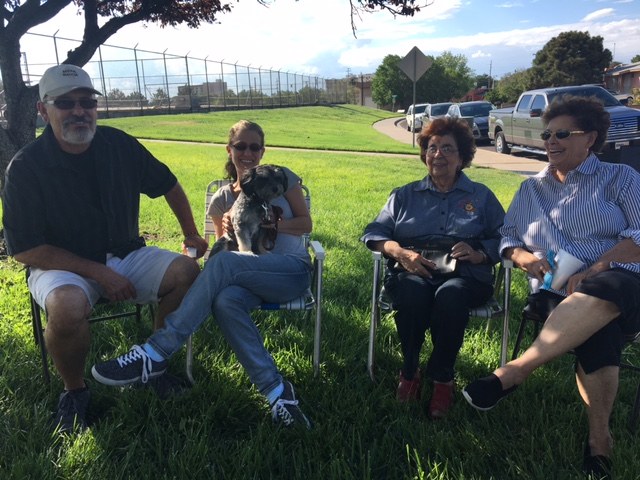
Making Meetings Fun and Interesting
Holding meetings that appeal to many people can be a challenge, because so many different types of people attend and each one of them listens, sees, and processes information differently. Here are some suggestions for having meetings that are both productive and fun!
Have you had challenges in conducting meetings that are both informative and fun? Has your meeting attendance dropped because people don’t find them of interest?
The key is to offer structure with some variety, adjusting the meeting environment and vibe to suit the board and members, but also potentially attract new attendees and keep people coming back. Creating a return on investment for longtime members also keeps them invested in returning.
Keep a Meeting Structured
- Use Roberts Rules of Order, or a similar meeting methodology, and consider giving a refresher occasionally about why they work for your meeting.
- Understand that some people may not understand Roberts Rules and be put off or intimidated by them, so explaining their usefulness can help maintain attendance.
- Provide a clear agenda with priority items highlighted, and have set start and end times for each topic and speaker.
- Have a streamlined method for keeping meetings moving and for addressing possible conflicts between members.
- Consider changing up a traditional meeting structure if you’ve been doing it the same way for a while.
Make a Meeting Fun
There are many different ways to make meetings more fun and accessible, even if you are using an agenda and structure like Roberts Rules. Invite an interesting speaker on a topic that is near and dear to your group’s heart. Do you want to learn more about community gardening? Have someone from a local nursery or the BioPark or a flower society come and share ideas. Other ideas for guest speakers include:
- Albuquerque Police Department staff
- City Councilors or their Policy Analysts
- County Commissioners
- Senators and House Representatives
- Crime Prevention Specialists
- District Attorney staff
- Attorney General staff
- City Department Directors or Public Information Officers
- Albuquerque Fire Department staff
- Bernalillo County Department Directors or Public Information Officers
Instead of having a traditional meeting in a community center or large conference room, why not have it in a different location, or at a different time of day? Or consider having it in a family-friendly area, which helps with potential attendees who may have childcare issues. The goal is to break up the monotony and offer creative ways to residents to engage with their neighbors, city departments, or neighborhood businesses. Some event/meeting ideas include:
- Invite food trucks and a local band to your nearest park and have the meeting there
- Host a potluck
- Have people contribute old photos to a history board of your neighborhood
- Invite the Fire Department or the Albuquerque Police Department’s Horse Mounted unit
- Have door prizes or new member goody bags to help incentive people to attend.
- Have your meeting as part of another community event, like a picnic, yard sale, neighborhood clean-up, group hike along a walking trail, or a breakfast meeting at a farmer’s market.
- Look at other location venues, such as libraries, neighborhood parks, police substations, school libraries or cafeterias, or a neighborhood restaurant/brewpub, which can offer an opportunity for residents to engage with different entities and groups who are involved in their community.
- Think about changing the meeting time or date. If you have your meeting in the evening once a month, why not occasionally have it in the morning on a Saturday or Sunday?
- Consider having more frequent, shorter meetings specific to one topic, or think about having fewer meetings that cover more topics.
**Keep in mind you’ll need to follow proper procedure and permit requirements for some of these events.
Give Members and Attendees a Reason to Invest and Keep Coming Back
Occasionally, long-time members lose interest and stop coming, for many reasons. Not feeing heard or valued is a major reason why people stop going to meetings, and feeling as though rules are not adhered to is another.
- Ensure leadership adheres to bylaws
- Create a return on investment for members, such as voting rights and acknowledgement of hard work
- Make sure dues support actual neighborhood events and initiatives that benefit the larger group
- Give everyone their say, even if you don’t agree with them. If they’ve made the effort to attend, their opinion should be heard and respected.
- Say “thank you.” Sometimes, those two little words are all someone needs to feel appreciated and to keep volunteering their time.

